Osprey Charging will install more than 150 high-powered electric vehicle (EV) charging hubs across the UK by 2025.
A total of 1,500 150-175KW rapid chargers will be installed across the sites, which will be located on strategic A-roads and adjacent to motorways.
The £75 million rollout will also see new charger optimisation technology deployed. Kempower charging technology enables locations to host multiple rapid chargers on a single site without compromising on charging power or requiring prohibitively expensive grid connections, says Osprey.
Ian Johnston, CEO of Osprey Charging, said: “It’s crucial that public charging infrastructure stays ahead of the curve.
“Through this rollout we will make charging anxiety a thing of the past. High-powered, multi-charger hubs will herald a new era of public EV charging – enabling mass EV adoption and a clean transport revolution.
“Our rollout of hubs across the country’s major transport routes will ensure drivers are supported with convenient, reliable, on-the-go charging, delivering the best possible consumer experience for UK motorists.”
Construction is already underway at four sites and Osprey’s first hub will open next month in Wolverhampton, adjacent to the A463 near the M6.
Construction will commence on all of the first 10 hubs before the end of the year, with more than 150 hubs consisting of 1,500 150-175kW chargers, opening on major transport routes, motorways, A-roads and popular destinations over the next four years.
Each rapid charger will be located near food and drink amenities, allowing drivers to make use of the facilities while they charge their car. For example, Osprey’s first four hubs are adjacent to well-known and popular retailers, including Costa Coffee, Lidl, Aldi, Pizza Hut, KFC and Curry’s PC World.
All Osprey chargers are compatible with every rapid charging EV on the market today and do not require a membership or subscription to initiate charging – drivers can simply tap their contactless bank card or smart phone.
New charging technology deployed
Osprey’s hubs will deploy a new technology – Kempower – which is enabling more locations than ever before to host multiple high-powered chargers on a single site, it says.
Kempower chargers work together to optimise charging across multiple vehicles when more than one EV is plugged in at the same charging hub.
They allow power to be distributed based on demand, which varies significantly between individual vehicles due to the maximum charging rate of each model and its battery percentage at the point of charge.
This power management can reduce waiting times for charging significantly, maximising the speed and availability of chargers for drivers, and increasing consumer footfall for the landowners hosting the hubs, says Osprey.
The load-balancing technology also means grid connections can be optimised, allowing multiple high-power chargers to be installed per site and offering higher charging speeds without the need for more grid power.
The physical footprint of each charger is also reduced by 74%, allowing space for more chargers, improved accessibility and reducing their visual impact to support planning permission.
Graeme Cooper, head of future markets at National Grid, said: “The widespread transition to EVs means we need to rethink how we make, move and use energy.
“The power demand for charging will be significant, so it’s crucial that we use the cleanest and cheapest power in our cars and to make the most of each grid connection.
“By optimising power management at charging facilities, we can ensure a smooth transition away from petrol and diesel whilst maintaining a stable and effective electricity grid.”
Construction is starting on the first 10 hubs at the following locations in 2021: Banbury, M40; Suffolk, A14; Essex, A127; Glasgow, M8; East Lothian, A1; Wolverhampton, A4123; Birmingham, M6; Croydon, London, A23; Crewe, A534; and Brackley, A43.
> Interested in comparing electric vehicle data? Check out our EV tool.
> Interested in ensuring the efficient use of EVs. Check out our dedicated editorial sections: Insight & policy | EV news | Charging & infrastructure | Costs & incentives | Benefit-in-kind | EV case studies | EV road tests

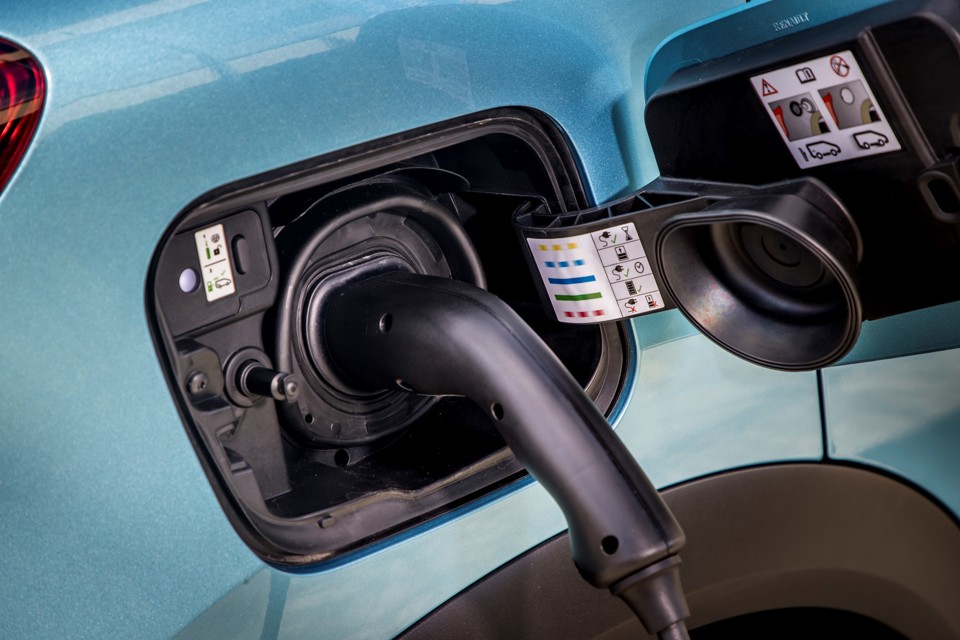

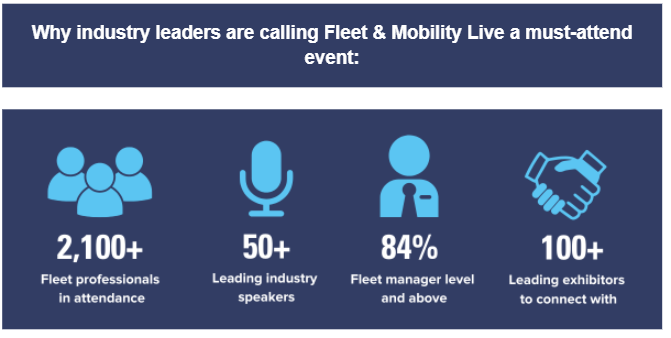




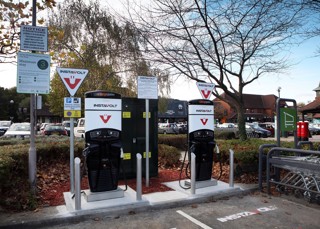
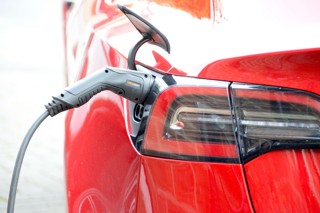
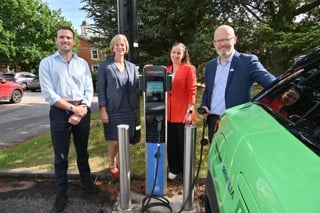
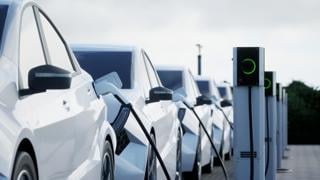












Login to comment
Comments
No comments have been made yet.